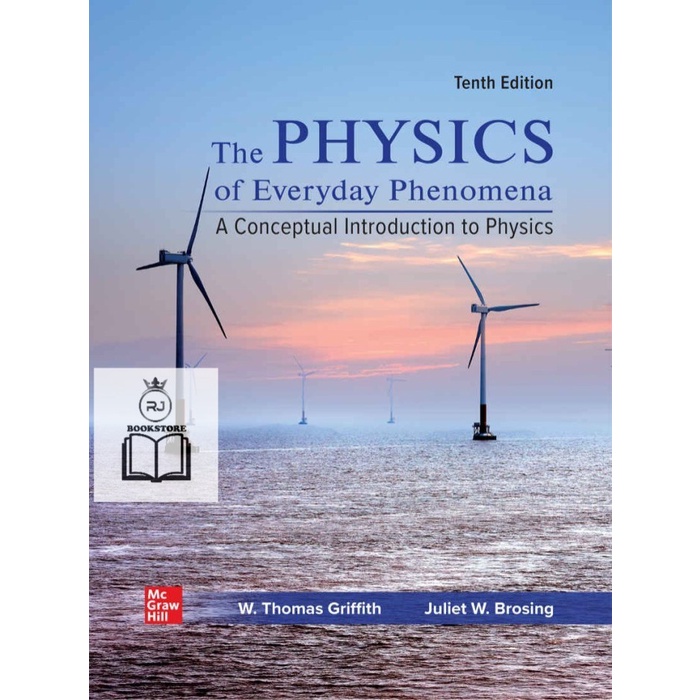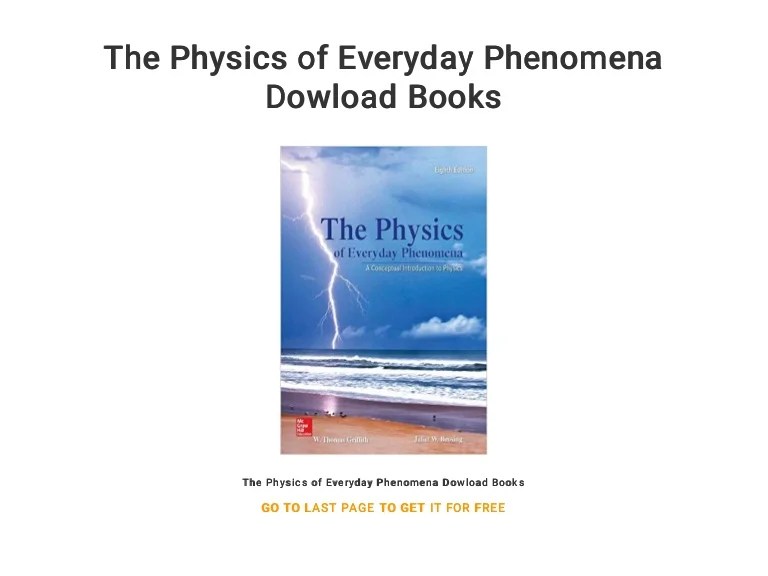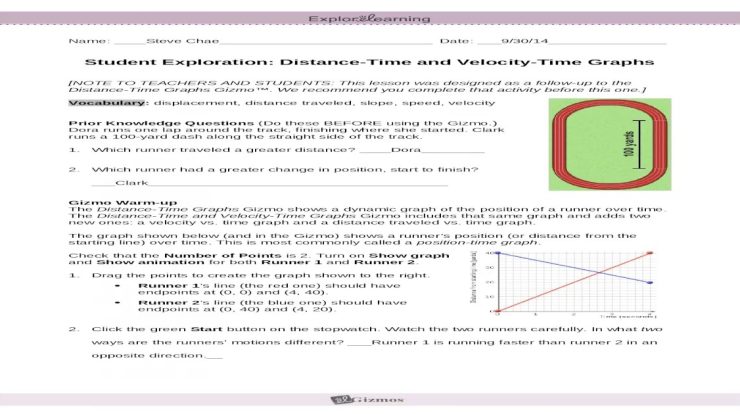The physics of everyday phenomena 10th edition – As the tenth edition of “The Physics of Everyday Phenomena” takes center stage, readers are invited on an enlightening journey into the captivating world of physics. This comprehensive text provides a profound understanding of the fundamental principles governing the ordinary occurrences we encounter daily, transforming our perception of the world around us.
Delving into the historical evolution of physics, we trace the contributions of pioneering minds like Aristotle, Galileo, and Newton, whose groundbreaking discoveries laid the groundwork for our current understanding. Technological advancements have played a pivotal role in shaping our knowledge, enabling us to probe deeper into the intricate workings of everyday phenomena.
Historical Perspectives

The understanding of everyday phenomena in physics has evolved significantly over time. In ancient times, people relied on superstition and mythology to explain natural occurrences. However, with the advent of scientific inquiry, philosophers and scientists began to develop more rational explanations for the world around them.
Key Figures
- Aristotleproposed that the world was composed of four elements (earth, water, air, and fire) and that motion was caused by the tendency of objects to move towards their natural place.
- Galileochallenged Aristotle’s ideas through experimentation and observation. He demonstrated that objects fall at the same rate regardless of their weight and that the Earth revolves around the Sun.
- Newtondeveloped the laws of motion and universal gravitation, which laid the foundation for classical mechanics.
Technological Advancements
Technological advancements have played a crucial role in our understanding of everyday phenomena. The invention of the telescope allowed astronomers to observe celestial bodies and study their motion. The microscope enabled scientists to examine the microscopic world and discover the existence of cells.
The development of computers has revolutionized scientific research and made it possible to simulate complex physical systems.
Fundamental Principles

Everyday phenomena are governed by fundamental principles of physics. These principles provide a framework for understanding and predicting the behavior of the physical world.
Newton’s Laws of Motion
- First Law:An object at rest will remain at rest unless acted upon by an external force. An object in motion will remain in motion with the same speed and in the same direction unless acted upon by an external force.
- Second Law:The acceleration of an object is directly proportional to the net force acting on the object and inversely proportional to the mass of the object.
- Third Law:For every action, there is an equal and opposite reaction.
Laws of Thermodynamics
- First Law:Energy cannot be created or destroyed, but it can be transformed from one form to another.
- Second Law:The entropy of an isolated system always increases over time.
- Third Law:The entropy of a perfect crystal at absolute zero is zero.
Principles of Electromagnetism, The physics of everyday phenomena 10th edition
- Coulomb’s Law:The force between two charged particles is directly proportional to the product of their charges and inversely proportional to the square of the distance between them.
- Faraday’s Law:A changing magnetic field induces an electric field.
- Lenz’s Law:The direction of the induced electric field is such that it opposes the change in magnetic flux.
FAQ: The Physics Of Everyday Phenomena 10th Edition
What are the key features of the tenth edition of “The Physics of Everyday Phenomena”?
The tenth edition offers a comprehensive update, incorporating the latest advancements in physics and pedagogical approaches. It features enhanced explanations, real-world examples, and interactive simulations to engage students and deepen their understanding.
How does the text approach the historical evolution of physics?
The text traces the historical development of physics chronologically, highlighting the contributions of key figures and the impact of technological advancements. It provides a nuanced understanding of how our understanding of everyday phenomena has evolved over time.
What are the practical applications of the physics of everyday phenomena?
The text explores the practical applications of physics in various aspects of our daily lives, including household appliances, fluid dynamics, and material properties. It demonstrates how an understanding of physics enhances our ability to solve problems and make informed decisions.


